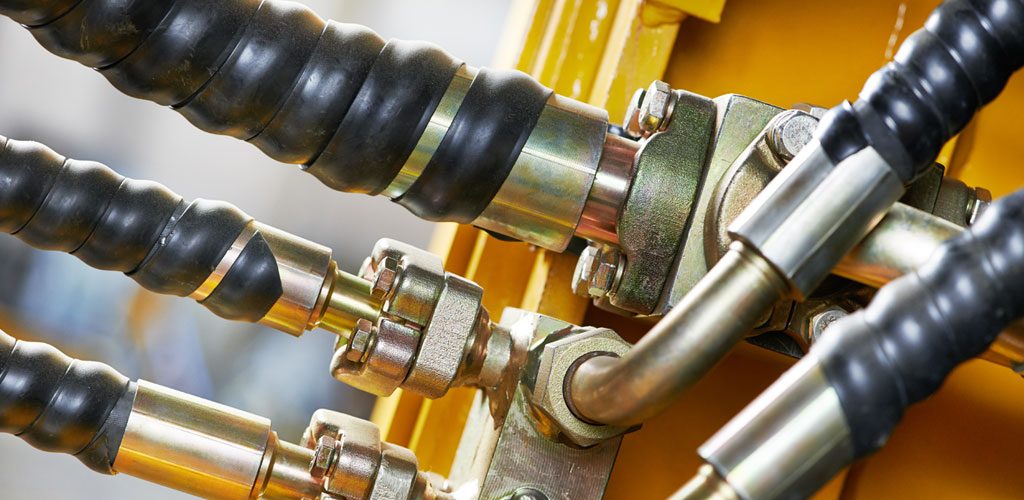How to reduce unplanned downtime
When managing a plant, downtime is inevitable, it could be caused by a malfunction or simply planned maintenance but whatever the reason, it costs you money. Unplanned downtime costs you much more, this could be as a result of a broken part for example – you will need to take time to identify the problem,…
When managing a plant, downtime is inevitable, it could be caused by a malfunction or simply planned maintenance but whatever the reason, it costs you money. Unplanned downtime costs you much more, this could be as a result of a broken part for example – you will need to take time to identify the problem, fix it and then make sure there aren’t any ancillary problems before you restart.
In our latest blog, we’re here to provide guidance on how to restrict your downtime to a minimum.
- Undertake a risk audit
Now, we know this may not sound too interesting but it’s the most effective and fastest step you can take to reduce downtime in the future.
Obsolete equipment can pose a significant risk to operations, despite advancements in equipment, a great number of manufacturers still work with equipment that is 15-20 years old. Parts often become unavailable or can only be sourced outside of the country and take weeks to deliver.
- Calculate the cost of your downtime
Not calculating the true cost of your downtime is one of the biggest errors you can make, five minutes here and there quickly adds up.
The true downtime cost includes loss in staff productivity, loss in production of actual goods, number of man-hours devoted to rescheduling, costs of repairing equipment and possible damage to your reputation.
- Have a proactive and not a reactive approach
Preventative maintenance can reduce unplanned downtime tremendously, which is why it should already be a part of your plant’s routine. However, many plant operators don’t know that the equipment manufacturer recommendations are often either too liberal or too conservative when it comes to planned maintenance intervals.
- Train your employees
Operator error is the second most common cause of downtime after hardware error. A good operator will not only diagnose and fix their own machine, but have the ability to prevent future downtime events through maintenance schedules and accurate documentation.
- Stick to a preventative maintenance schedule
Equipment can’t last forever, but a sound maintenance schedule will increase its life. Maintenance reduces the probability of failure and downtime, increases overall equipment effectiveness, improves safety and increases productivity.
- Create a maintenance checklist
Mitigating unplanned downtime is a job that’s never going to end. You will never run out of refinements and upgrades to make to your procedures, but continuing to refine your process will ultimately give you an advantage over your competition.
Understanding proper equipment maintenance is a great place to start.
Read how we helped a customer with their recent planned shutdown maintenance, saving them time in lost production
If you’re looking at preventative maintenance during factory shutdown periods, contact us about how we can help: hos@hos.co.uk


